Home>Interior Design>Ceiling Paneling Ideas: 10 Ways Add Drama And Detail
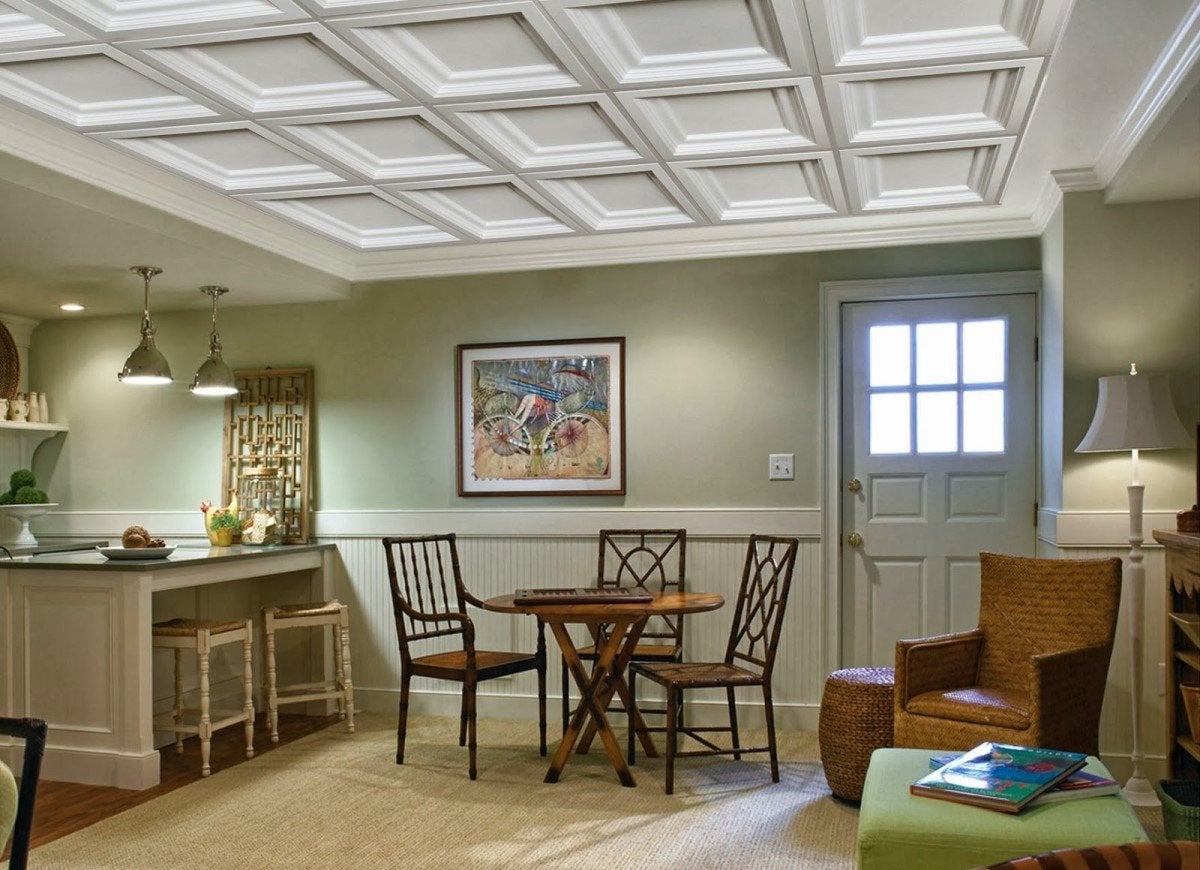

Interior Design
Ceiling Paneling Ideas: 10 Ways Add Drama And Detail
Modified: October 20, 2024
Discover 10 interior design ideas to enhance your space with dramatic and detailed ceiling paneling. Transform your room with these creative ceiling designs.
(Many of the links in this article redirect to a specific reviewed product. Your purchase of these products through affiliate links helps to generate commission for Storables.com, at no extra cost. Learn more)
Introduction
When it comes to interior design, we often focus on the walls, floors, and furniture. However, one often overlooked element that can truly transform a space is the ceiling. A well-designed ceiling can add drama, detail, and a sense of luxury to any room. Whether you are looking to create a focal point, add architectural interest, or simply enhance the overall ambiance, there are numerous ceiling paneling ideas to consider.
From statement ceilings to decorative molding, there are endless possibilities to elevate your ceiling design. In this article, we will explore 10 creative ways to enhance your ceilings and transform your space. So, let’s dive in and discover how you can add drama and detail to your ceilings.
Key Takeaways:
- Elevate your space with dramatic ceiling paneling ideas, from statement ceilings to coffered designs, creating a personalized and captivating ambiance that reflects your unique style.
- Transform your room into a stunning haven with ceiling paneling, whether it’s the elegance of crown molding, the rustic charm of exposed wood beams, or the luxury of mirrored ceilings, there’s a design to suit every taste.
Statement Ceilings
A statement ceiling is a bold and eye-catching choice that instantly grabs attention and becomes the focal point of the room. This design technique involves using unique materials, patterns, or colors to create a visually stunning ceiling that demands admiration. One popular option is to use decorative ceiling tiles to add texture and visual interest. These tiles come in various styles, from intricate designs to modern geometric patterns, allowing you to choose the perfect fit for your aesthetic.
Another way to create a statement ceiling is by painting it with a bold color that contrasts with the walls. This adds drama and depth to the room, creating a sense of grandeur and luxury. For example, a deep navy blue ceiling against crisp white walls can create a striking visual effect that adds depth and sophistication to the space.
If you prefer a more artistic approach, you can consider hand-painted murals or intricate designs on your ceiling. These personalized creations can reflect your personality and add a unique touch to your space. Whether it’s a serene nature scene or a whimsical abstract pattern, a hand-painted ceiling can truly elevate the style of any room.
To further elevate the statement ceiling, consider adding lighting elements. Incorporating recessed lighting or spotlight fixtures can highlight the ceiling’s design and provide a warm and welcoming ambiance. Whether you choose to emphasize the texture, the color, or the details of your statement ceiling, lighting can play a crucial role in enhancing its visual impact.
Remember, statement ceilings work best in rooms with high ceilings or with ample natural light. They can create a sense of drama and elegance in areas like the living room, dining room, or entryway. However, it’s important to find the right balance and make sure the statement ceiling complements the overall design of the space.
Now that we’ve explored the concept of statement ceilings, let’s move on to the next idea: crown molding.
Crown Molding
Crown molding is a classic and timeless choice when it comes to adding detail and sophistication to a room’s ceiling. It is a decorative trim that is installed where the walls meet the ceiling, creating a seamless transition and adding architectural interest. Crown molding comes in various styles and sizes, allowing you to choose the perfect option to match your design aesthetic.
One way to use crown molding is by installing it along the perimeter of the ceiling, creating a traditional and elegant look. This type of crown molding works well in formal spaces, such as dining rooms or master bedrooms, where a touch of refinement is desired. Opt for wider and more intricately designed moldings to make a bold statement and enhance the overall aesthetic of the room.
If you prefer a more modern approach, consider using crown molding in unique ways. For instance, instead of installing it at the ceiling’s edge, you can create a focal point by using crown molding to frame a specific area, such as a fireplace or a built-in shelving unit. This adds visual interest and draws attention to these architectural elements.
An additional way to incorporate crown molding is by combining it with other ceiling design techniques. For example, pairing crown molding with a statement ceiling can create a stunning visual effect. The crown molding can serve as a border, highlighting the unique texture or pattern of the statement ceiling. This combination adds depth and dimension, making the ceiling a true work of art.
When choosing crown molding, consider the proportions of the room. For higher ceilings, opt for wider and more intricate designs to maintain the balance and visual impact. For lower ceilings, choose narrower and simpler crown molding to avoid overwhelming the space.
Installation of crown molding can be done by professionals or as a DIY project, depending on your comfort level and experience. Regardless of the approach, make sure to measure accurately and use appropriate tools for a seamless installation.
Now that we’ve explored the elegance of crown molding, let’s move on to the next ceiling paneling idea: coffered ceilings.
Coffered Ceilings
Coffered ceilings are a stunning architectural feature that adds depth, elegance, and a sense of grandeur to any space. They are made up of a series of recessed panels or beams that create a grid-like pattern on the ceiling. Coffered ceilings have been used in architecture for centuries and continue to be a popular choice in interior design for their timeless appeal.
The beauty of coffered ceilings lies in their ability to create visual interest and add a sense of architectural detail. These ceilings are often associated with more formal spaces like dining rooms, libraries, or home offices, but they can be customized to suit any room’s style and purpose.
One of the main advantages of coffered ceilings is their versatility. The size and the depth of the panels can be adjusted to fit the dimensions of the room and to create the desired visual effect. The panels can also be painted in different colors or finished with various materials such as wood, plaster, or even metal, allowing for a wide range of design possibilities.
In addition to their aesthetic appeal, coffered ceilings also offer practical benefits. The recessed panels can be used to install lighting fixtures or accentuate existing chandeliers or pendant lights. This layered lighting effect adds warmth and a touch of drama to the room while providing ample illumination.
When designing a coffered ceiling, it’s important to consider the room’s overall style and the desired atmosphere. For a more traditional and formal look, opt for classic and ornate coffered designs with intricate moldings and detailed finishes. To achieve a more modern and minimalist aesthetic, choose clean-lined, simple coffered patterns with sleek surfaces.
Installing a coffered ceiling can be a complex process and may require professional assistance. It involves carefully mapping out the placement of the panels, ensuring proper structural support, and precise installation. However, the end result is well worth the effort, as coffered ceilings can elevate the elegance and sophistication of any space.
Now that we’ve explored coffered ceilings, let’s move on to the next ceiling paneling idea: beamed ceilings.
Beamed Ceilings
Beamed ceilings are a timeless design feature that infuses a space with warmth, character, and a touch of rustic charm. These ceilings are created by adding wooden beams across the ceiling, either in a grid pattern or in a more random arrangement, depending on the desired aesthetic.
One of the main advantages of beamed ceilings is their ability to add architectural interest and a sense of visual depth to a room. The natural texture and warmth of wood can create a cozy and inviting atmosphere, making beamed ceilings a popular choice for living rooms, kitchens, and bedrooms.
Beamed ceilings can be designed to suit various styles, from traditional to modern. For a more classic look, opt for dark-stained or reclaimed wood beams with intricate carvings or details. These beams can be mixed with coffered designs to add further depth and texture to the ceiling.
If you prefer a more contemporary aesthetic, consider using lighter-colored or painted beams. White or light-colored beams against a contrasting ceiling create a modern and airy feel, while still adding an interesting architectural element to the room.
In addition to their aesthetic appeal, beamed ceilings can also be functional. The beams can serve as a base for hanging light fixtures, pendant lights, or ceiling fans. This not only provides practical lighting and cooling solutions but also enhances the overall design of the space.
When installing beamed ceilings, it’s important to consider the structural integrity and load-bearing capacity of the room. Beams can be installed directly onto the existing ceiling using brackets or can be integrated into the construction of the room. Professional assistance may be required to ensure proper installation and safety.
Overall, beamed ceilings offer a versatile and visually appealing design option that can transform the look and feel of any space. With the right choice of wood, pattern, and finish, you can create a truly stunning beamed ceiling that becomes a focal point and conversation piece in your home.
Now that we’ve explored beamed ceilings, let’s move on to the next ceiling paneling idea: wallpaper or stencils.
Wallpaper or Stencils
If you’re looking for a non-traditional way to add detail and visual interest to your ceilings, consider using wallpaper or stencils. These options allow you to incorporate patterns, texture, and even custom designs on your ceiling, creating a unique and personalized look.
Wallpaper is no longer limited to just the walls. It can be applied to the ceiling to make a bold statement or to create a cohesive design scheme. Whether you choose a subtle and understated pattern or a vibrant and dramatic design, wallpaper can instantly transform the look and feel of the room.
When selecting wallpaper for your ceiling, consider the overall style and color scheme of the space. If you want to create a sense of continuity, choose a wallpaper that complements or matches the walls. Alternatively, you can opt for a contrasting pattern to make the ceiling stand out and become a focal point.
Another option is to use stencils to create a custom design on your ceiling. Stencils offer flexibility and allow you to choose any pattern or motif you desire. From intricate floral designs to geometric shapes and abstract patterns, stencils offer endless possibilities for adding detail and artistry to your ceiling.
When using stencils, it’s important to ensure proper alignment and spacing to maintain a cohesive and balanced look. Take your time and follow the stencil instructions carefully to achieve the desired result. You can also play around with different paint colors to create an even more eye-catching design.
Both wallpaper and stencils can be used in any room, from bedrooms and living rooms to kitchens and bathrooms. They work particularly well in small spaces, as they can add visual interest and make the ceiling appear higher and more expansive.
Keep in mind that when applying wallpaper or stencils to the ceiling, proper surface preparation is essential. The ceiling should be clean, smooth, and free of any imperfections for the best results. It’s recommended to consult with professionals or follow manufacturer’s instructions for proper installation.
Now that we’ve explored using wallpaper or stencils on the ceiling, let’s move on to the next ceiling paneling idea: tongue and groove paneling.
Consider using coffered ceiling panels to add architectural interest and depth to a room. This classic design features recessed panels and can be customized to fit any style.
Tongue and Groove Paneling
Tongue and groove paneling is a versatile and visually appealing option for adding texture and detail to your ceilings. This type of paneling consists of interlocking wooden boards with a tongue on one edge and a groove on the other, allowing them to fit seamlessly together.
Tongue and groove paneling can be made from various types of wood, such as pine, cedar, or oak, each offering its own unique aesthetic and characteristics. The natural grain and warm tones of the wood add a touch of elegance and warmth to any space.
This type of paneling is often associated with traditional or rustic designs, as it brings a cozy and inviting feel to the room. However, tongue and groove paneling can also be incorporated into modern or contemporary spaces to add a touch of warmth and texture.
There are different installation options when it comes to tongue and groove paneling. You can install the boards horizontally, vertically, or even diagonally, depending on your desired look. The direction of the paneling can also have an impact on the perception of the room’s height and width.
One design option is to cover the entire ceiling with tongue and groove paneling. This creates a seamless and cohesive look that adds charm and character to the space. Alternatively, you can create an accent feature by installing the paneling on a specific section of the ceiling, such as over a dining table or in a cozy reading nook.
When choosing tongue and groove paneling, consider the size and scale of the room. In larger spaces, wider boards can create a more dramatic and bold look. For smaller rooms, narrower boards are often preferred to maintain proportion and balance.
Tongue and groove paneling can be left natural for a more rustic feel or can be stained or painted to match your desired color scheme. A white-washed or light-colored paneling can create a beachy or coastal vibe, while a rich, dark stain adds an air of elegance and sophistication.
Installation of tongue and groove paneling can be a DIY project for those with some woodworking experience. However, hiring a professional is recommended for precise measurements, proper fitting, and a flawless finish.
Now that we’ve explored tongue and groove paneling, let’s move on to the next ceiling paneling idea: faux tin ceiling tiles.
Faux Tin Ceiling Tiles
If you want to add a touch of glamour and vintage charm to your ceilings, faux tin ceiling tiles are a fantastic option. These tiles mimic the elegance and intricate designs of traditional tin tiles, but at a more affordable price point and with easier installation.
Faux tin ceiling tiles are typically made from lightweight materials such as PVC or polystyrene, making them easier to handle and install compared to real tin tiles. They are available in a wide range of patterns and designs, including floral motifs, geometric patterns, and intricate textures, allowing you to choose the perfect fit for your space.
Installing faux tin ceiling tiles is a relatively straightforward process that can be done by DIY enthusiasts. The tiles are designed to interlock or adhere directly to the ceiling surface, creating a seamless and professional look. With precise measurements and proper installation techniques, you can achieve a stunning result that captures the beauty of traditional tin ceilings.
One of the advantages of faux tin ceiling tiles is their durability and low-maintenance nature. Unlike real tin tiles, they do not rust or require special care. They are also resistant to moisture, making them suitable for use in humid environments like bathrooms or kitchens.
Faux tin ceiling tiles can be used to cover the entire ceiling for a dramatic and cohesive look. They can also be strategically placed as decorative accents, such as above a kitchen island or in a hallway, to create visual interest and a focal point. The versatility of these tiles allows for endless design possibilities.
When it comes to the finishing touches, you can leave the faux tin ceiling tiles in their original metallic finish for a vintage look. Alternatively, you can paint them in any color of your choice to match your overall design scheme. Paint can help create a cohesive look or provide a contrasting pop of color.
Faux tin ceiling tiles are a great choice for various spaces, including living rooms, dining rooms, or even commercial settings like restaurants or retail stores. They add a touch of elegance and nostalgia, transforming any space into a true masterpiece.
Now that we have explored faux tin ceiling tiles, let’s move on to the next ceiling paneling idea: exposed wood beams.
Exposed Wood Beams
Exposed wood beams are a timeless and rustic design element that can add warmth, character, and a touch of natural beauty to any room. These beams showcase the natural texture, grain, and beauty of wood, creating an inviting and cozy atmosphere.
One of the advantages of exposed wood beams is their ability to create a sense of architectural interest and history. They can be installed to mimic the structural beams of a traditional home or to add a touch of rustic charm to modern spaces. The type of wood used for the beams, such as reclaimed or distressed wood, can further enhance the desired look.
Exposed wood beams can be installed in various patterns, such as a simple grid or a more elaborate criss-cross pattern. The placement and spacing of the beams can be adjusted to create different visual effects and to complement the room’s layout and style.
These beams are often associated with vaulted or high ceilings as they draw attention to the height and grandeur of the space. In rooms with lower ceilings, exposed wood beams can create the illusion of a higher ceiling, adding a sense of openness and airiness.
When it comes to the finish of the wood beams, there are several options to consider. Leaving the beams in their natural, unfinished state can highlight the raw beauty and texture of the wood. Alternatively, you can stain the beams to achieve a darker or richer color that complements the room’s color scheme. Adding a clear sealant can protect the wood and maintain its natural appearance.
Exposed wood beams work well in a variety of spaces, from living rooms and kitchens to bedrooms and home offices. They can create a cozy and inviting ambiance in a cabin or lodge-style setting or add a touch of rustic charm to contemporary or industrial-inspired spaces.
Installation of exposed wood beams can be a complex process and may require professional assistance, especially if it involves structural considerations. It is important to ensure that the beams are securely fastened and integrated into the overall construction of the room.
Now that we’ve explored exposed wood beams, let’s move on to the next ceiling paneling idea: fabric ceiling panels.
Fabric Ceiling Panels
Fabric ceiling panels are a unique and luxurious way to add texture, softness, and visual interest to your ceilings. These panels are created by stretching fabric over a frame or directly attaching it to the ceiling, creating a seamless and elegant look.
One of the main advantages of fabric ceiling panels is their ability to create a cozy and intimate atmosphere. The softness and warmth of fabric can help to absorb sound, making them a popular choice for spaces where noise reduction is desired, such as bedrooms, home theaters, or offices.
Fabric ceiling panels come in a wide range of colors, patterns, and textures, allowing you to choose the perfect fit for your design aesthetic. From rich velvet to subtle linen or patterned fabrics, the options are endless. You can select a fabric that complements the overall color scheme of the room or use it as an opportunity to introduce a pop of color and pattern.
One design option for fabric ceiling panels is to cover the entire ceiling surface, creating a cozy cocoon-like effect. This works particularly well in small rooms or spaces where you want to create a sense of intimacy. Alternatively, you can incorporate fabric panels as decorative accents, placing them strategically to frame specific areas, such as a sitting area or a focal point like a chandelier or pendant light.
Installation of fabric ceiling panels can be done by professionals or experienced DIY enthusiasts. The fabric is typically stretched and stapled onto a lightweight frame or directly attached to the ceiling surface using adhesive or hooks. It’s important to ensure that the fabric is taut and free from wrinkles for a polished and professional look.
One advantage of fabric ceiling panels is their versatility. They can be easily removed and replaced, allowing you to change the look and feel of your space without major renovations. This makes them a great option for those who like to regularly update their interior design.
Overall, fabric ceiling panels can add a touch of elegance and sophistication to any room. They create a unique visual and tactile experience, transforming your ceilings into an artful and inviting feature.
Now that we’ve explored fabric ceiling panels, let’s move on to the final ceiling paneling idea: mirrored ceilings.
Mirrored Ceilings
Mirrored ceilings are a bold and glamorous design choice that can instantly transform a space and create a sense of luxury. Installing mirrors on the ceiling not only adds a touch of elegance but also enhances the visual appeal and perception of space.
One of the primary advantages of mirrored ceilings is their ability to reflect light and create a brighter, more spacious atmosphere. This makes them a popular choice for rooms with limited natural light or small dimensions. Mirrored ceilings can make a space feel larger, open up the room, and add a sense of airiness.
Mirrored ceilings can also add a touch of drama and create a unique visual impact. They reflect and amplify the room’s existing design elements, such as lighting fixtures, artwork, or architectural details. This can create a stunning, multidimensional effect that adds depth and character to the space.
When it comes to mirror placement, you have several options. You can choose to cover the entire ceiling for a glamorous and immersive experience. This works well in spaces such as dining rooms, entryways, or bedrooms where you want to create a sense of opulence.
Alternatively, you can opt for smaller mirror accents strategically placed on the ceiling, such as in a pattern or as a border around a chandelier or pendant light. This creates a focal point and draws attention to specific features while maintaining a sophisticated and refined look.
It’s worth noting that combining mirrored ceilings with other design elements, such as statement lighting fixtures or decorative moldings, can further enhance the overall aesthetic and impact.
When it comes to maintenance, mirrored ceilings are relatively low maintenance. Regular cleaning with a non-abrasive glass cleaner will help keep them looking pristine and free from smudges or fingerprints.
Installation of mirrored ceilings is typically done by professionals due to the delicate nature of the material. It’s important to ensure proper support and secure installation to avoid any safety concerns.
Overall, mirrored ceilings are a captivating design element that can add a touch of glamour and create an unforgettable ambiance. They are particularly well-suited for spaces where you want to make a statement and leave a lasting impression.
Now that we’ve explored all the ceiling paneling ideas, it’s time to choose the one that resonates with your style and transform your space into a stunning work of art. Whether it’s the elegance of crown molding, the rustic charm of exposed wood beams, or the luxury of mirrored ceilings, there is a ceiling paneling idea to suit every taste and create a truly unforgettable space.
Conclusion
Your ceiling is more than just a blank canvas. It’s an opportunity to add drama, detail, and a touch of uniqueness to your space. By exploring various ceiling paneling ideas, you can transform a plain ceiling into a work of art that reflects your personal style and enhances the overall ambiance of your room.
From statement ceilings to decorative crown molding, coffered ceilings to exposed wood beams, and faux tin ceiling tiles to mirrored ceilings, there are numerous options to consider. Each paneling idea offers its own unique charm, allowing you to create a customized and captivating ceiling design.
Whatever paneling option you choose, it’s important to consider the overall style and scale of your space. The ceiling design should complement the rest of the room and create a cohesive and harmonious look.
Installation techniques may vary depending on the particular ceiling paneling option you choose. While some can be completed as DIY projects, others may require professional assistance for precise installation and to ensure structural integrity.
Remember to balance functionality with aesthetics when designing your ceiling. Consider factors such as lighting, acoustics, and maintenance requirements to ensure that your ceiling not only looks beautiful but also serves its practical purpose.
By adding drama and detail to your ceilings, you can transform your entire space. Whether it’s a statement ceiling that demands attention, crown molding that adds elegance, or fabric ceiling panels that create a cozy ambiance, each paneling idea offers a unique way to elevate your interior design.
So, don’t overlook the potential of your ceiling. Embrace the opportunity to make a statement, add architectural interest, and create a space that truly reflects your personal style. With the right ceiling paneling idea, you can transform your room into a stunning and captivating haven that you’ll love to showcase to friends and family.
Excited about transforming your ceilings even further? Dive into our detailed guide on how to install ceiling tiles for a unique, decorative finish. Whether you're aiming for a rustic charm or modern sophistication, this article will walk you through each step, ensuring you achieve flawless results with your ceiling tiles.
Frequently Asked Questions about Ceiling Paneling Ideas: 10 Ways Add Drama And Detail
Was this page helpful?
At Storables.com, we guarantee accurate and reliable information. Our content, validated by Expert Board Contributors, is crafted following stringent Editorial Policies. We're committed to providing you with well-researched, expert-backed insights for all your informational needs.
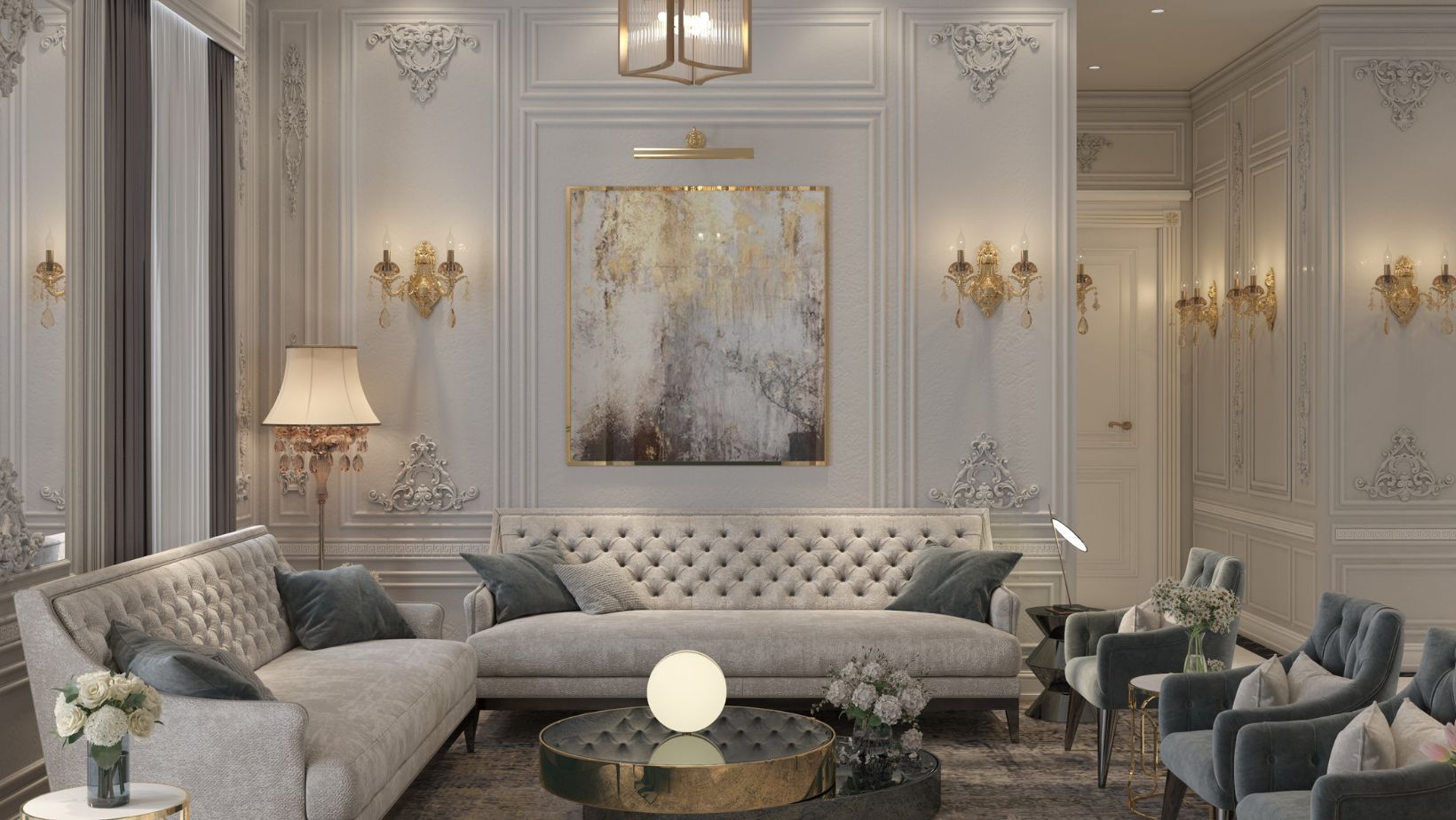
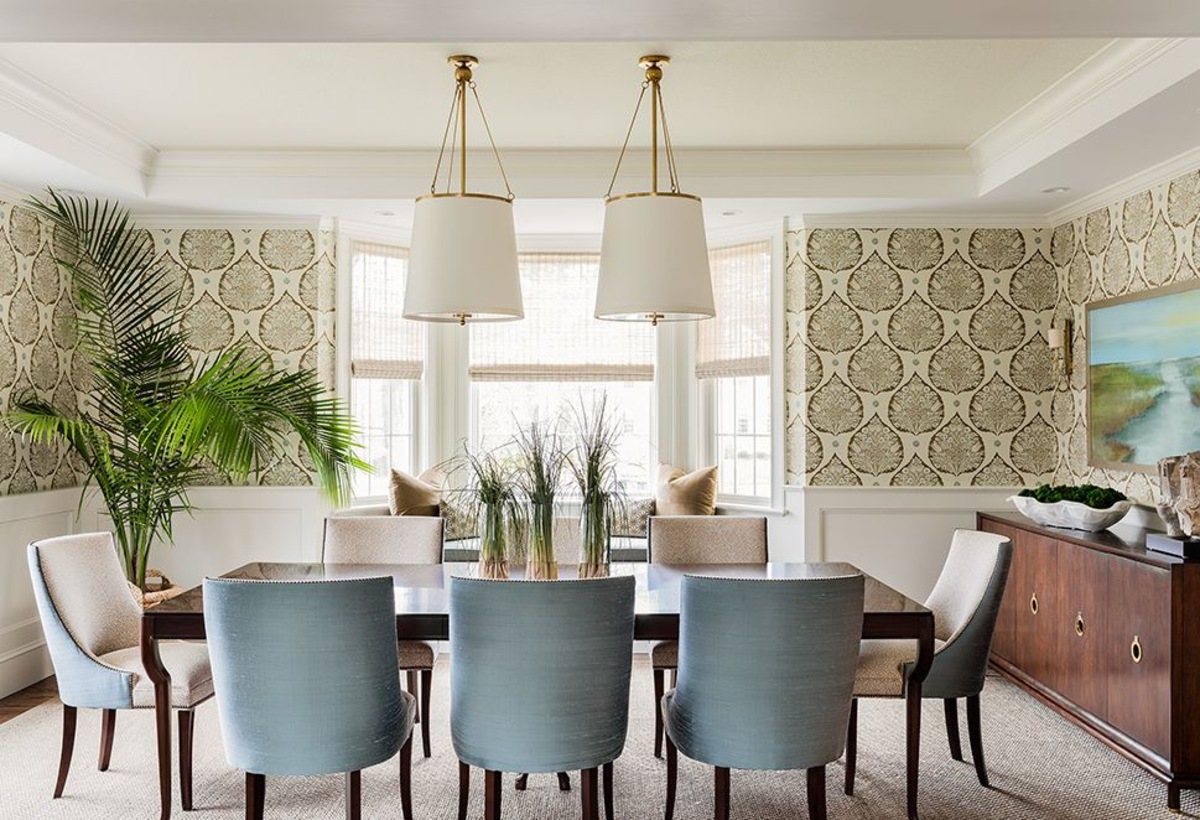
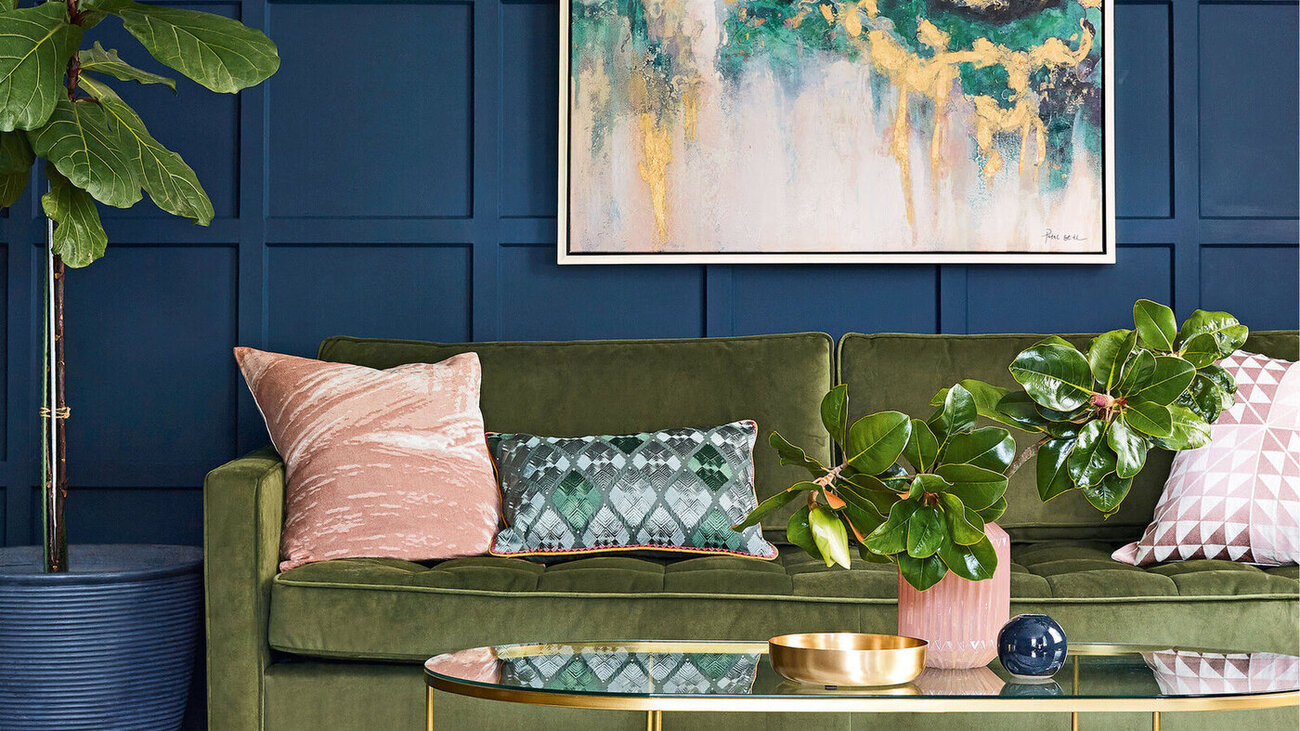
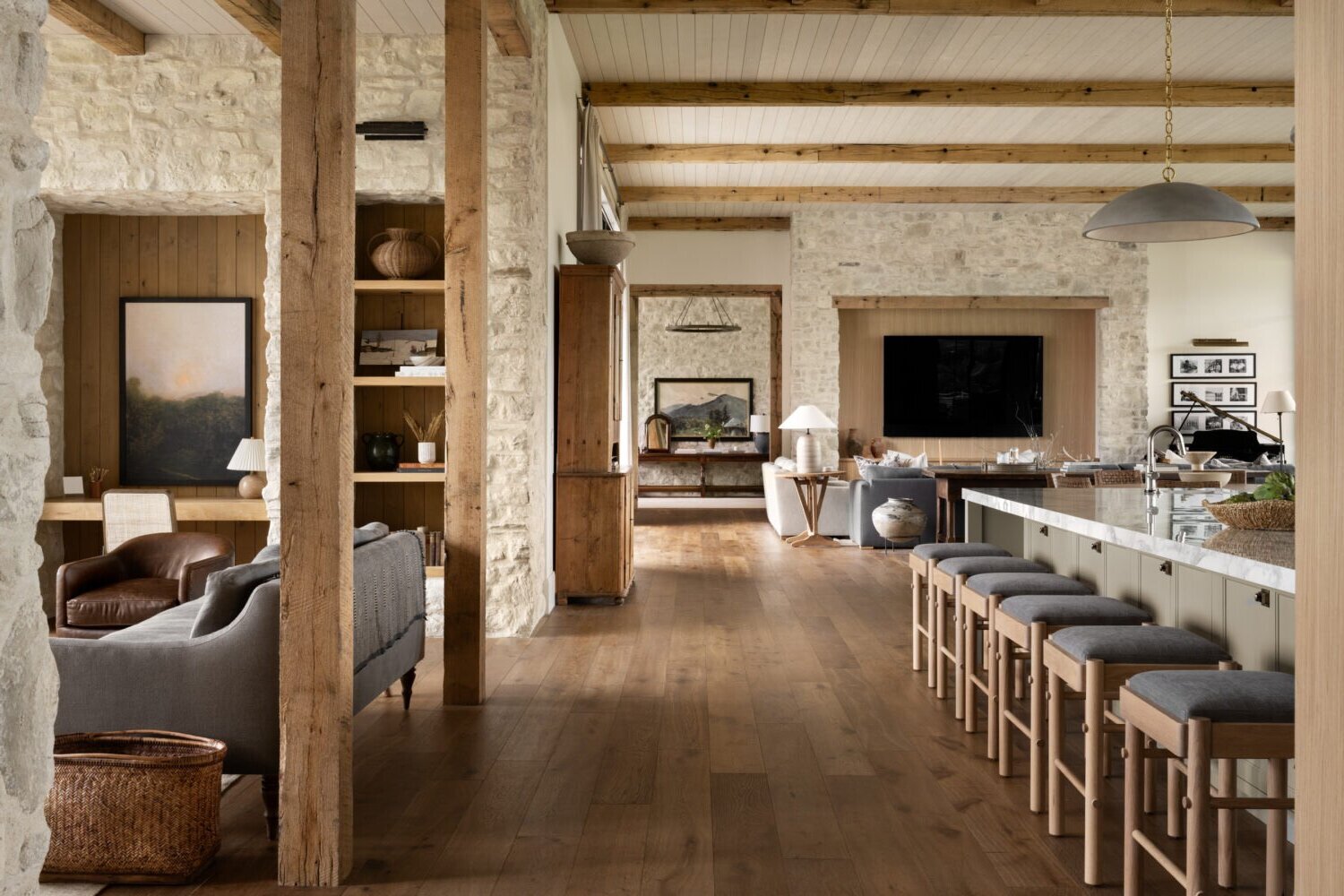
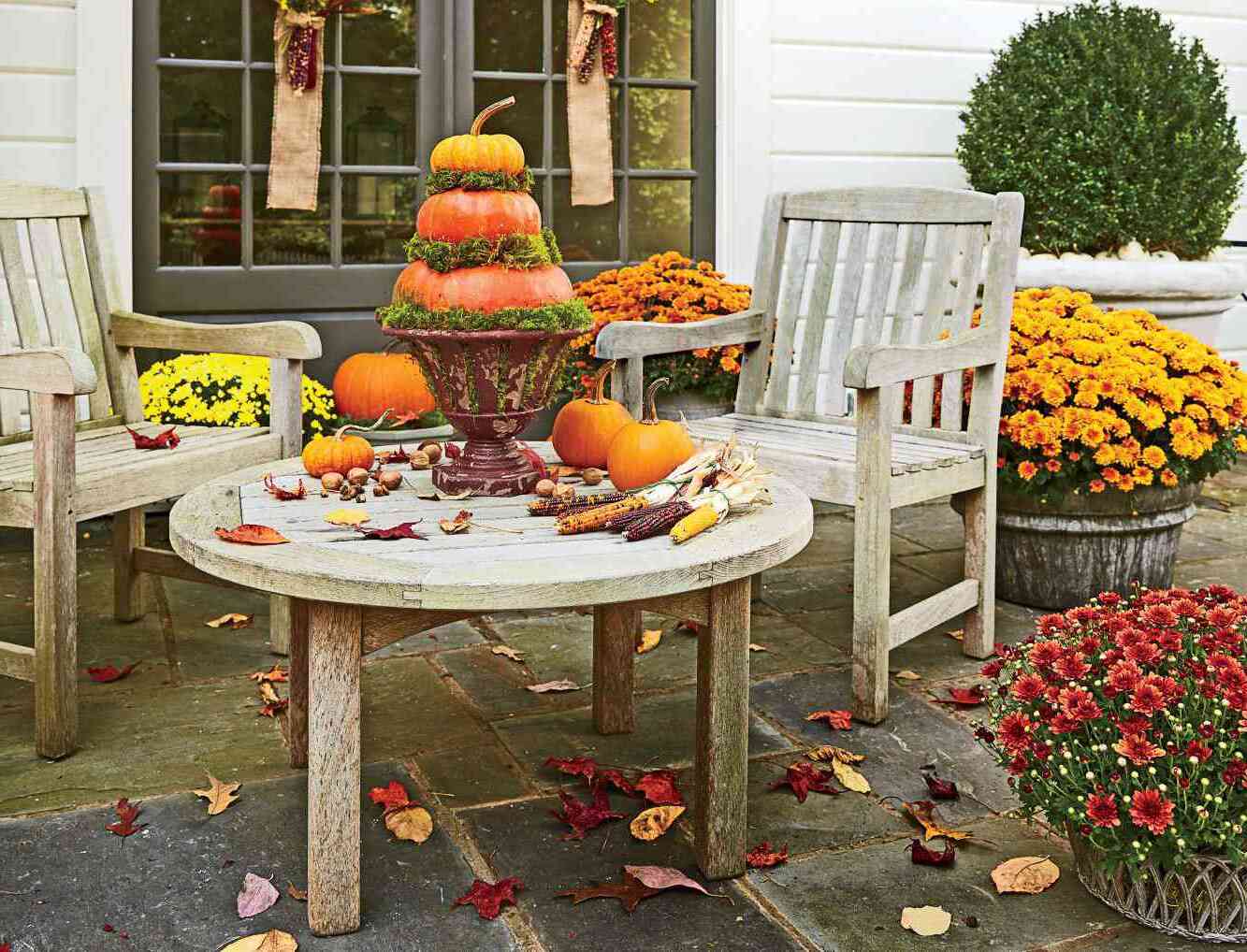
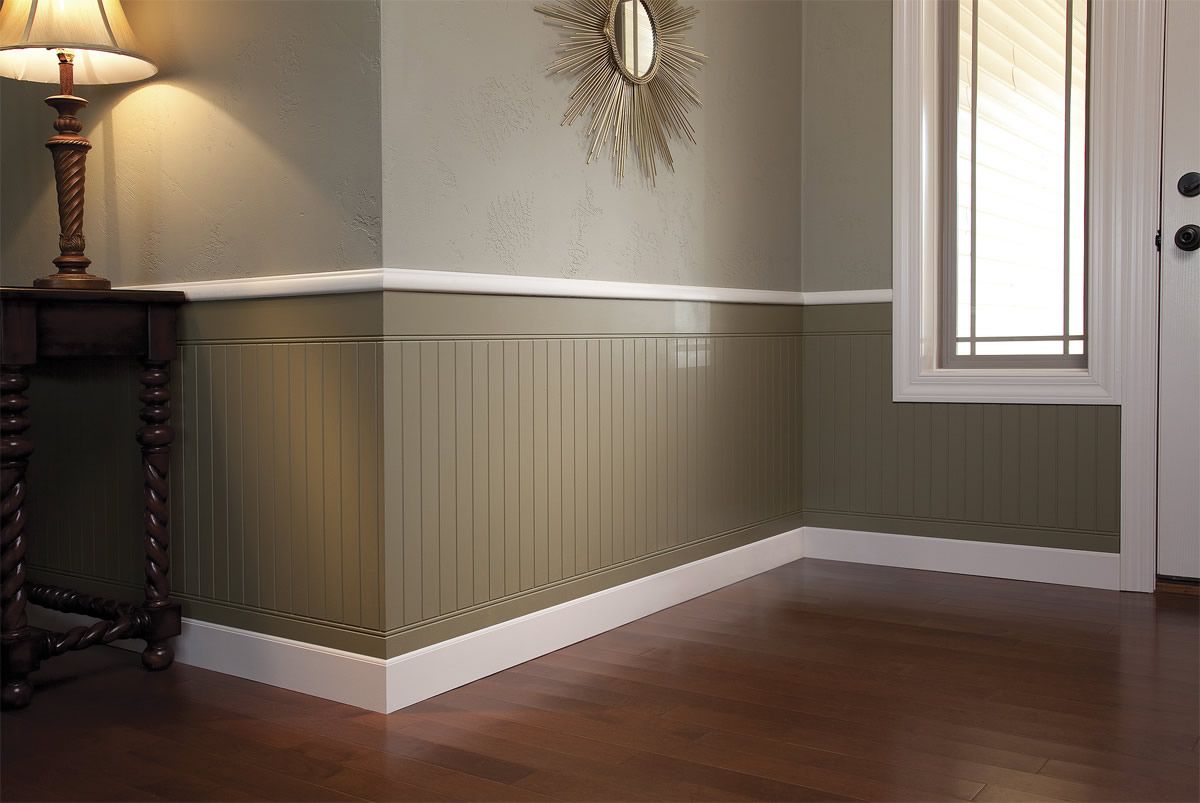
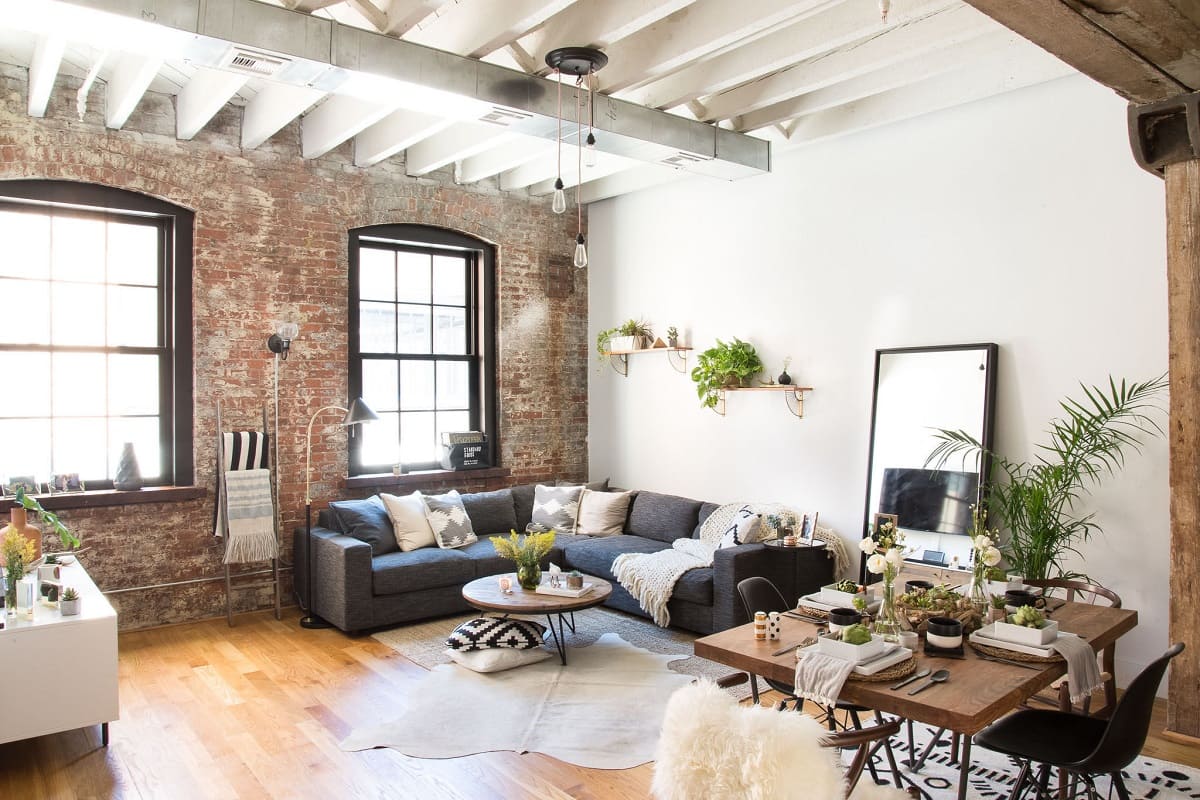
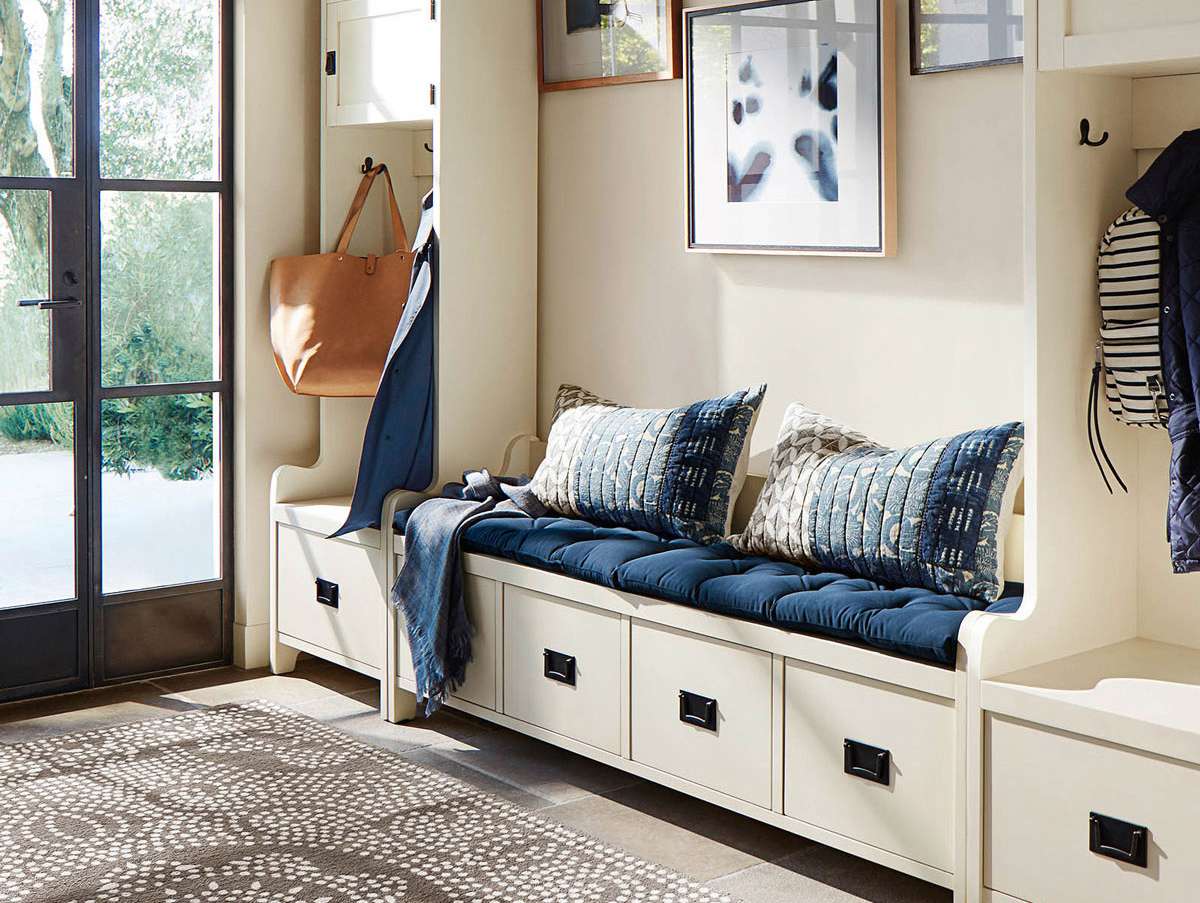
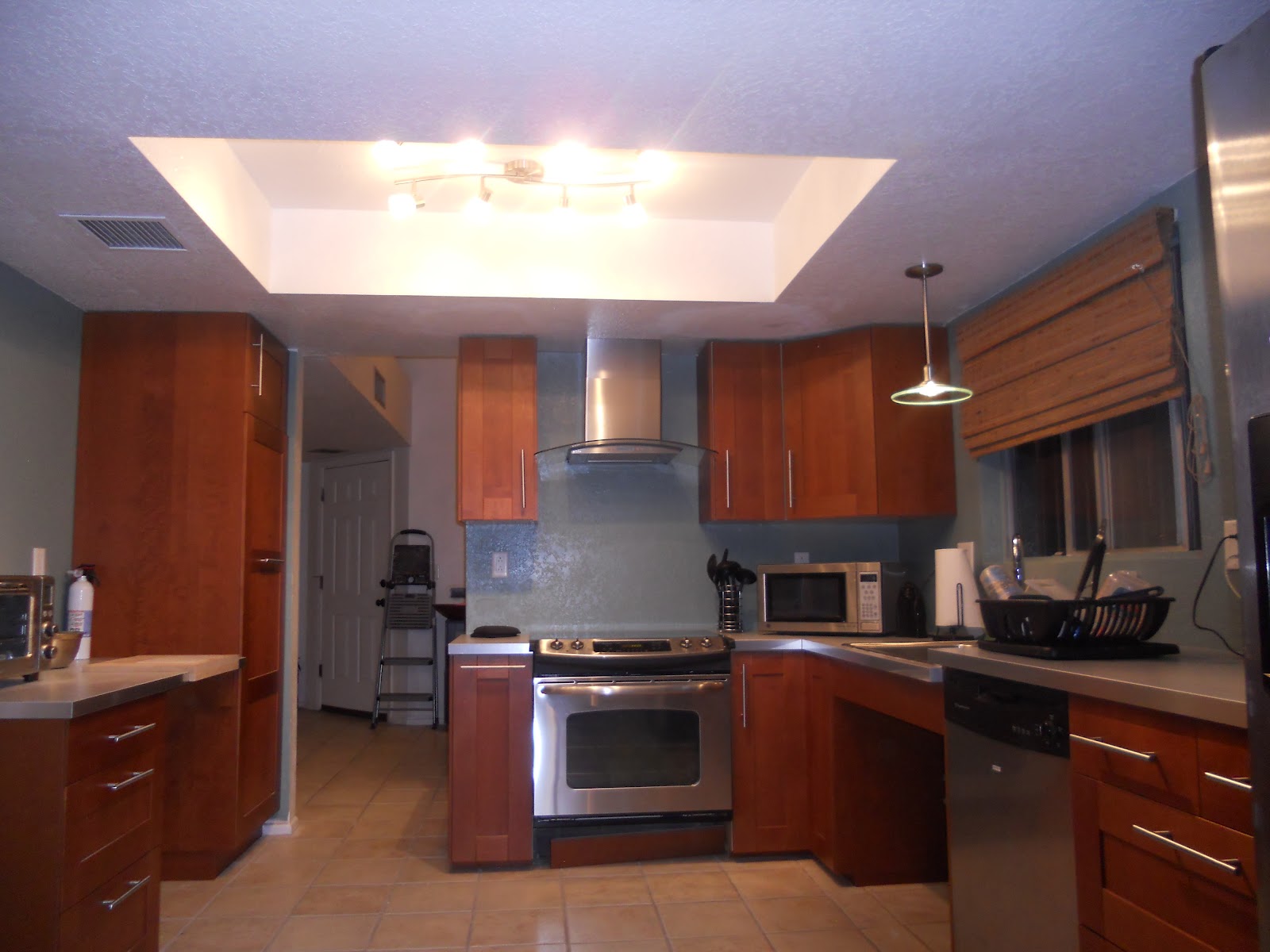
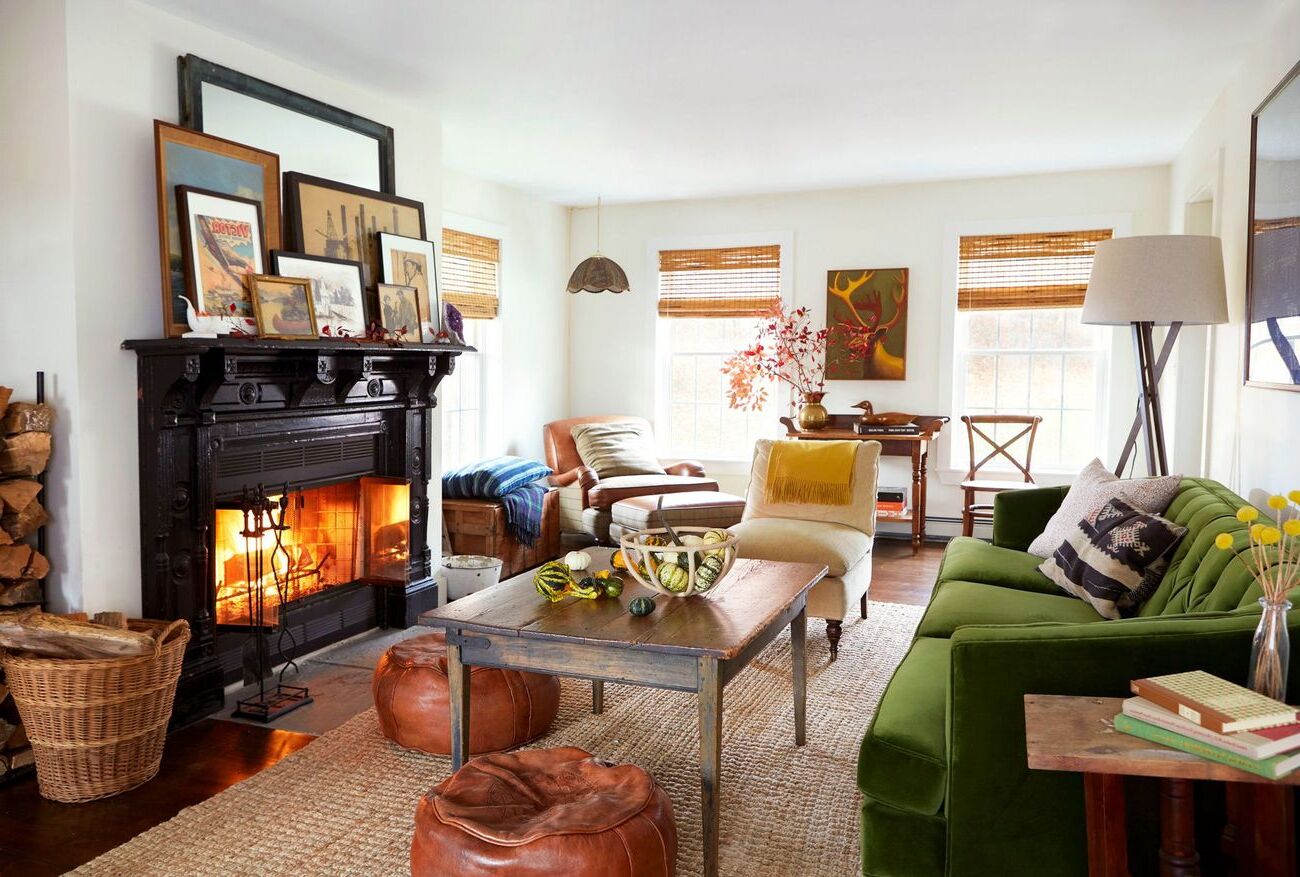
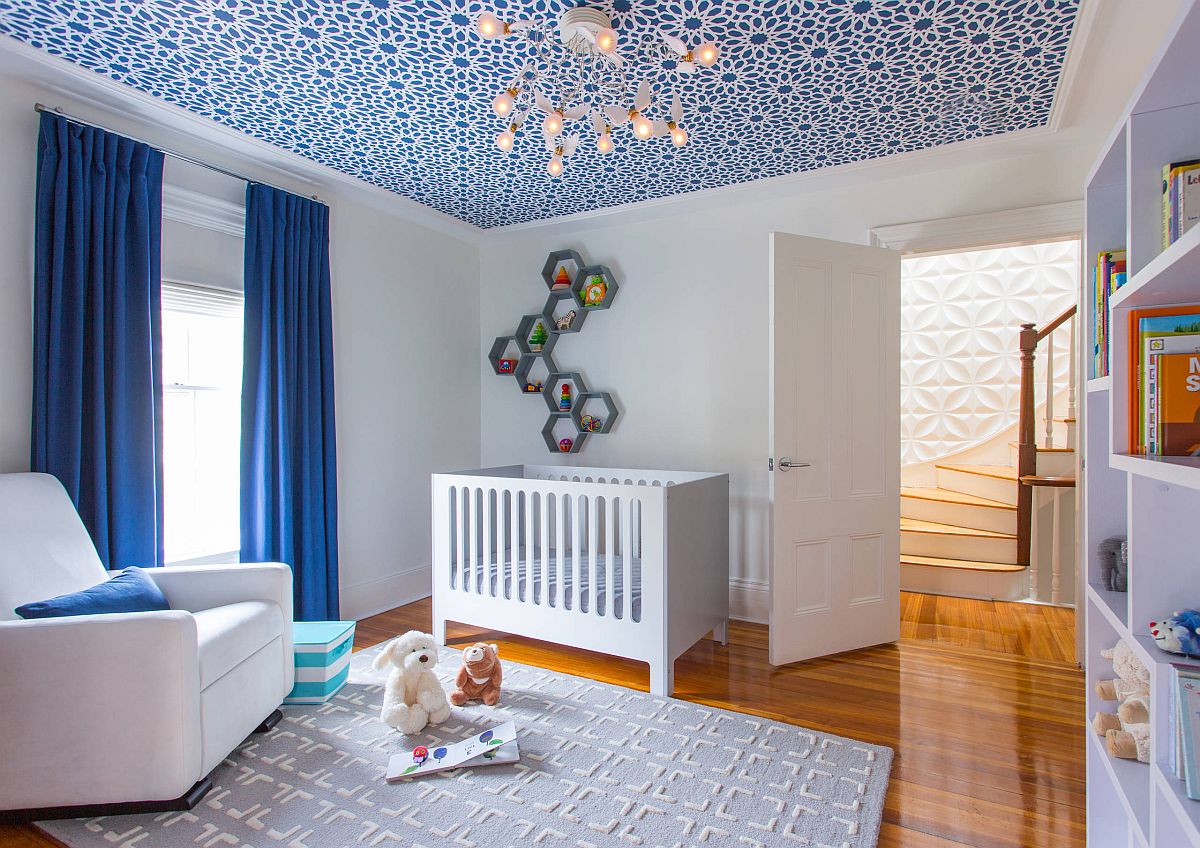

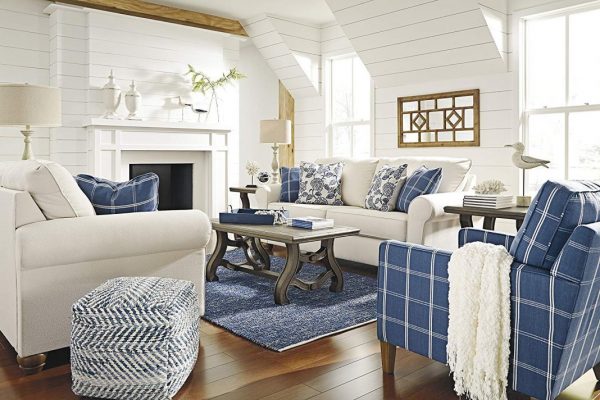

0 thoughts on “Ceiling Paneling Ideas: 10 Ways Add Drama And Detail”